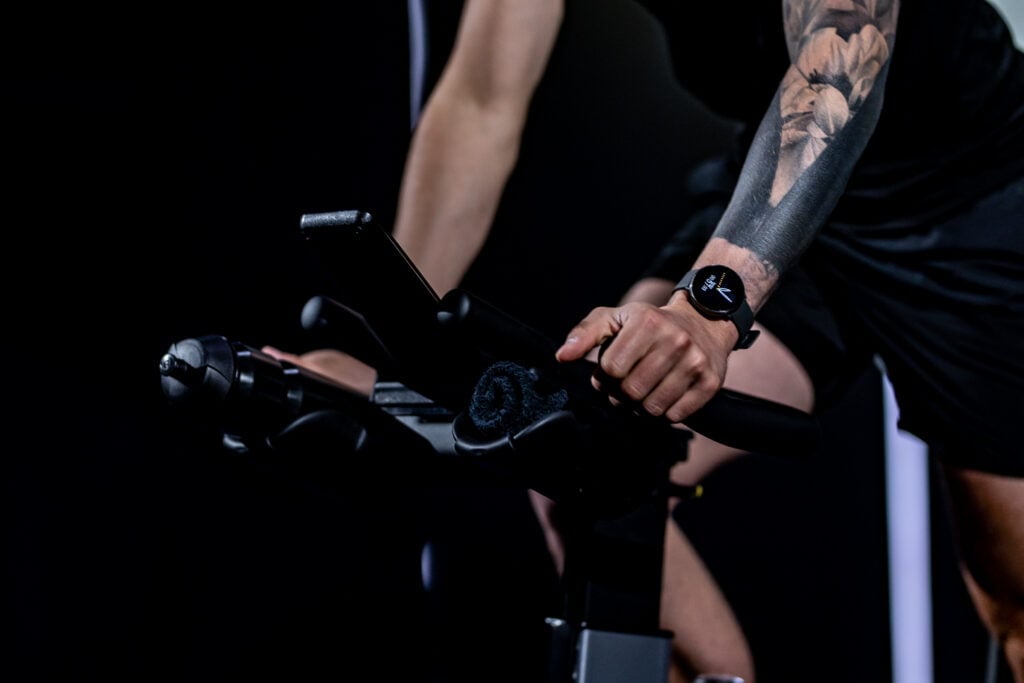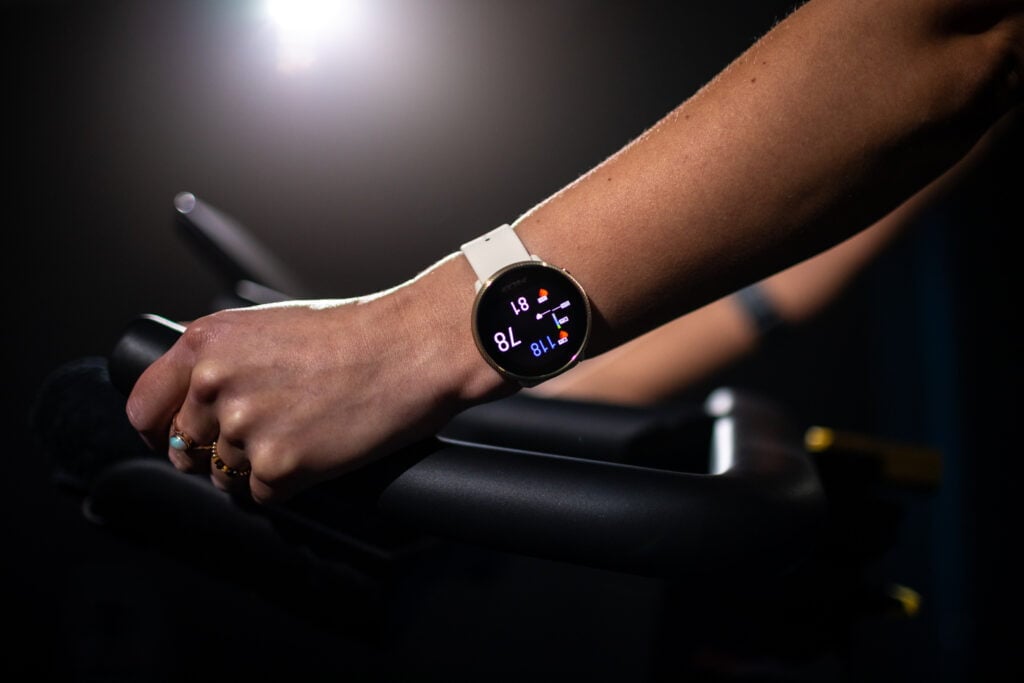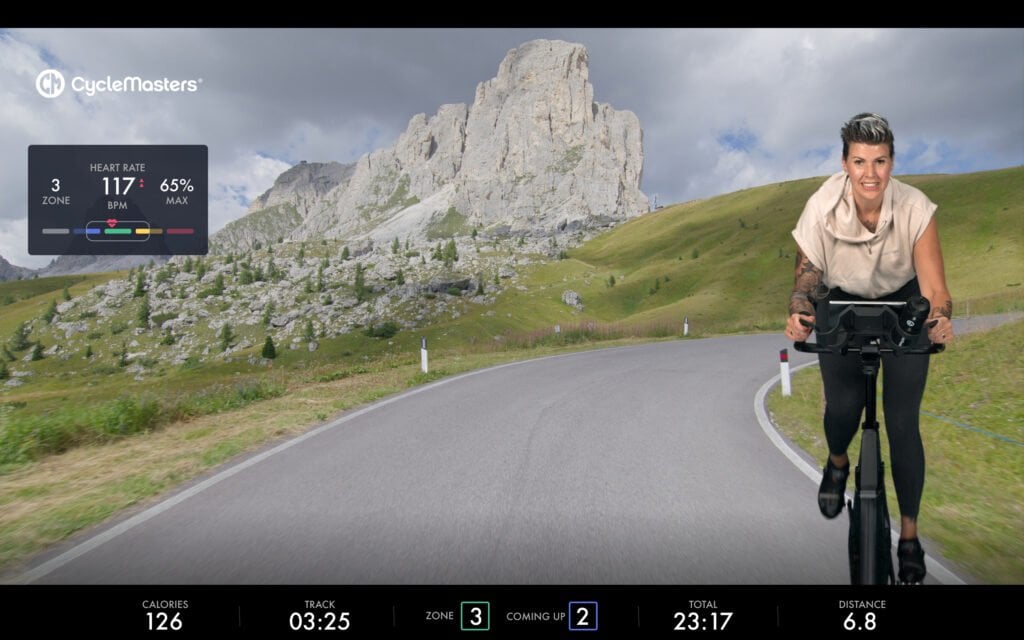Exercise with a heart rate monitor: Improve your fitness

Exercise with a heart rate monitor to improve your physical fitness and performance efficiently. A heart rate monitor is a device that measures and records your heart rate, providing valuable insights into your exercise intensity. Whether you’re a beginner or an advanced athlete, incorporating a heart rate monitor into your workouts can optimize your training and help you achieve your fitness goals. In this blog post, we will explore the benefits of exercise with a heart rate monitor and provide essential information on how to use it effectively.
Table of contents
Benefits of Exercise with a Heart Rate Monitor
Exercise with a heart rate monitor offers several advantages that can enhance your fitness journey:
- Personalized Training: By monitoring your heart rate, you can tailor your workout intensity to your body’s needs, ensuring that you neither overexert nor underperform. This personalized approach reduces the risk of injury and maximizes your performance.
- Progress Tracking: A heart rate monitor allows you to track your heart rate data over time, enabling you to monitor your progress and make adjustments to your training regimen as necessary.
- Goal-oriented Workouts: Heart rate zones help you determine the intensity levels at which you should train for specific goals. Understanding these zones empowers you to structure your workouts effectively, whether you aim to improve endurance, strength, or speed.
We explain more about the benefits of using a heart rate monitor here.
Measuring Heart Rate during Workouts
There are two primary methods for measuring heart rate during workouts: using a chest strap or utilizing a smartwatch or activity tracker.
- Chest Strap: A heart rate chest strap or belt is worn around the chest and uses electronic sensors to measure heart rate accurately. This method provides precise readings, although some individuals may find the chest strap uncomfortable.
- Smartwatch or Activity Tracker: These wearable devices employ optical sensors to measure heart rate through the skin. While more comfortable to wear, they offer slightly less accuracy compared to chest straps.

Understanding Heart Rate Zones
Heart rate zones categorize different intensity levels at which you can train effectively. Here are the five heart rate zones:
- Zone 1: Quiet Zone (50-60% of maximum heart rate) – Ideal for endurance training, such as long walks or bike rides.
- Zone 2: Light Zone (60-70% of maximum heart rate) – Suitable for endurance training while maintaining a low heart rate.
- Zone 3: Moderate Zone (70-80% of maximum heart rate) – Focuses on endurance training with a slightly higher heart rate.
- Zone 4: Heavy Zone (80-90% of maximum heart rate) – Emphasizes strength and speed training with a higher heart rate. Interval training and sprints fall into this zone.
- Zone 5: Maximum Zone (90-100% of maximum heart rate) – Targets strength and speed training with a very high heart rate. Intense short endurance training, like interval training or sprints, falls into this zone.
To exercise with a heart rate monitor, it is important to know your maximum heart rate. You can determine this by doing a maximum exercise test or by making a calculation based on your age. After this, you can measure your heart rate during your workout and compare it with the different heart rate zones to see in which zone you are. This allows you to adapt your training to your goals and make sure you are training the right way.
Calculating Heart Rate Zones
To exercise with a heart rate monitor effectively, determine your maximum heart rate. Here are two common methods for calculating it:
- Age Formula: Use the formula 220 – age = maximum heart rate. Although a rough estimate, it provides a starting point for determining your heart rate zones.
- VO2 Max Test: This test, conducted by a professional, measures your heart rate during intense physical exertion to determine your maximum heart rate accurately.
Maintaining a Healthy Heart Rate
A healthy heart rate during exercise varies based on age and fitness level. For novice athletes, a heart rate of approximately 60-70% of the maximum heart rate is typical, while advanced athletes may aim for 70-80%.
The Tipping Point of Heart Rate
The tipping point represents the heart rate at which the body starts burning fat instead of carbohydrates. This range, typically between 60-70% of the maximum heart rate, offers an efficient way to produce energy, aiding in weight loss and improving cardiovascular health.

Measuring Heart Rate during Indoor Cycling
Indoor cycling is an effective fitness activity. During an indoor cycling workout, various factors, including heart rate, can be used to tailor your session to your goals. By aligning power levels with heart rate zones, you can select specific training types, such as cardio intervals or fat-burning workouts.
The Importance of a Heart Rate Monitor
While it is not essential to exercise with a heart rate monitor, incorporating one into your routine provides valuable insights. By ensuring that you train within the appropriate heart rate zones during indoor cycling, you can optimize your workouts and gauge your performance accurately.
Conclusion
Exercise with a heart rate monitor empowers you to train more effectively and efficiently. By measuring your heart rate during workouts, you can personalize your training, track your progress, and achieve your fitness goals. While there are different methods for measuring heart rate and calculating heart rate zones, the key is to find the approach that suits your needs and helps you maximize your performance. Whether you choose a chest strap or a smartwatch, incorporating a heart rate monitor into your exercise routine can provide valuable data and enhance your overall fitness experience.
To explore some of the best heart rate sensors for indoor cycling, visit CycleMasters or check out the sport watches and heart rate sensors used by our instructors at polar.com.
